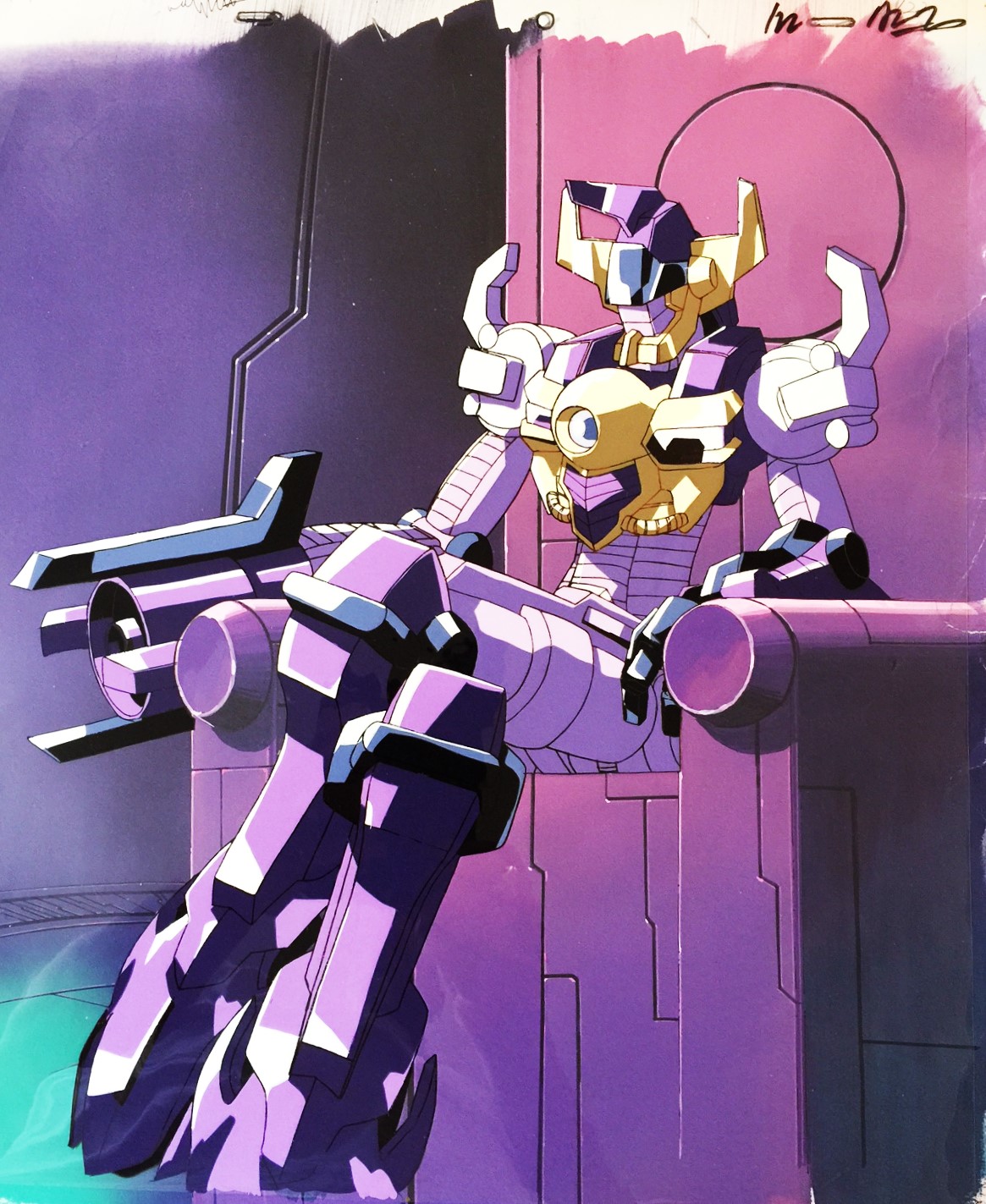

Not only did this allow for 360-degree rotation of the joints, but the limbs and head were also detachable, leading to many Picasso-esque reconfigurations of their bodies.įorce Commander (leader of the good Micronauts) was white with a nicely detailed helmet and could be purchased with a magnetically-abled horse named Oberon. Baron Karza and Force Commander were known as ‘magno’ figures, because their joints at the hips, shoulders and neck were made of a magnetic housing and metal ball-joint assembly. Rounding out the figures in the Micronauts line were two major characters that presumably were meant as the leaders of their respective troops. Blizzard was another figure in the line but was less readily available in the US. Biotron was opposed, in brute strength and size, by Phobos. His comparatively massive figure and large silver gleaming noggin made him the most intimidating battle horse for the good Micronauts. Biotron was the largest and most powerful of all the Micronauts. Giant Acroyear was all fighting: half of his body could become projectiles at any one time. Microtron’s evil side was Nemesis, who looked fairly similar, save for a few minor physical differences and a purple colour scheme. His squat body was crowned by a devil’s head (although he was a good guy) and supported by triangular feet that had motorised rubber tread on them. Microtron looked a little like a combination of R2-D2 and a tank. Mostly made of plastic, the giant figures typically had motorised parts that allowed them to move by battery power.
#TINY GIANT MICROMAN SERIES#
There was also a series of giant figures.

He was no disco skater.Īcroyear II didn’t have the skates but was equally prone to falling apart at the slightest provocation.

Unfortunately, his knobby knees had some difficulty supporting his upper body weight, and he had a tendency to fall over. On the evil side, there were two main figures in the 3½” size: Acroyear and Acroyear II.Īcroyear was a fierce-looking metal and plastic figure on oversized rave-style roller skates and a metallic pink short sword.
#TINY GIANT MICROMAN FREE#
The pack was a little on the delicate side, and often the button on the backpack would cease to free the wings, but until Glider broke, he was a serious favourite of Micronaut denizens. An all-die-cast figure, Space Glider came with a backpack assembly that, when activated, sprung small plastic translucent wings. Defender was the flamboyant one of the bunch.īut the best of the 3½” figures in the Micronaut ‘good guys’ line was Space Glider.

Galactic Defender, Warrior’s stay-at-home counterpart, was all plastic but had a nifty set of accessories, which included a laser gun, sword, jetpack and cool blue see-through helmet. He also came with an oversized gun that shot out a rubber-tipped projectile at would-be Micronaut enemies. Galactic Warrior was the next step up, having a die-cast body and shiny metallic limbs. Slightly cooler than Time Traveler was Pharoid, which was basically Time Traveler with an opaque chest and highly cool Time Chamber (an Egyptian-style sarcophagus), and for extra style points, his chest glowed in the dark. Time Traveler was essentially the serf of the Micronauts universe. The most basic of the 3½” figures was the Time Traveler, made out of translucent plastic that came in various different colours. This meant that Micronauts could be posed as though they were running. The smaller figures had well-sculpted silver metallic human faces and a unique hairstyle that could arguably be described as ‘early Elvis‘.Īs figures, they were far more sophisticated than their Star Wars toy counterparts, whose elbow and knee joints were permanently fixed in one position. Some were made of plastic, but many were made of more substantial painted die-cast metal. The smaller of the figures had articulated elbow, shoulder, wrist and knee joints as well as a swivelling head. The Micronaut line was a complicated series of figures, vehicles and playsets that, as their extended name suggested, had interchangeable parts that could be combined to create numerous variations on their original forms.Īs a form of back-story, the packaging indicated that the Micronauts were microscopic and lived in a microverse too small for the human eye to see. Later that year, Mego’s Interchangeable World of Micronauts became a reality in the United States. Mego missed out on the merchandising bonanza of the century and were left, instead, with the licensing rights to the Japanese toy, Microman. In 1977, Martin Abrams of the Mego toy corporation was in Japan negotiating with a company called Takara for the right to produce a version of a toy called Microman in the United States.īusy with the negotiations, Abrams turned down the merchandising rights to a little science fiction film from 20th Century Fox called Star Wars.īy now, everyone knows how that one turned out.


 0 kommentar(er)
0 kommentar(er)
